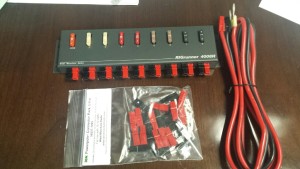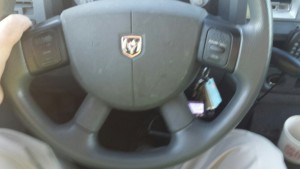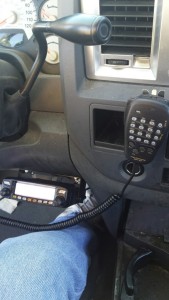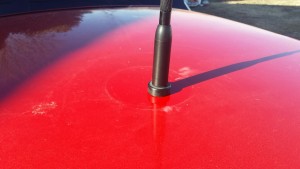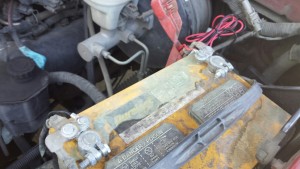I have had this Dillon thing for several months now and I am finally getting it installed for use.
Way back, I broke the particle board work bench top with normal press operation.
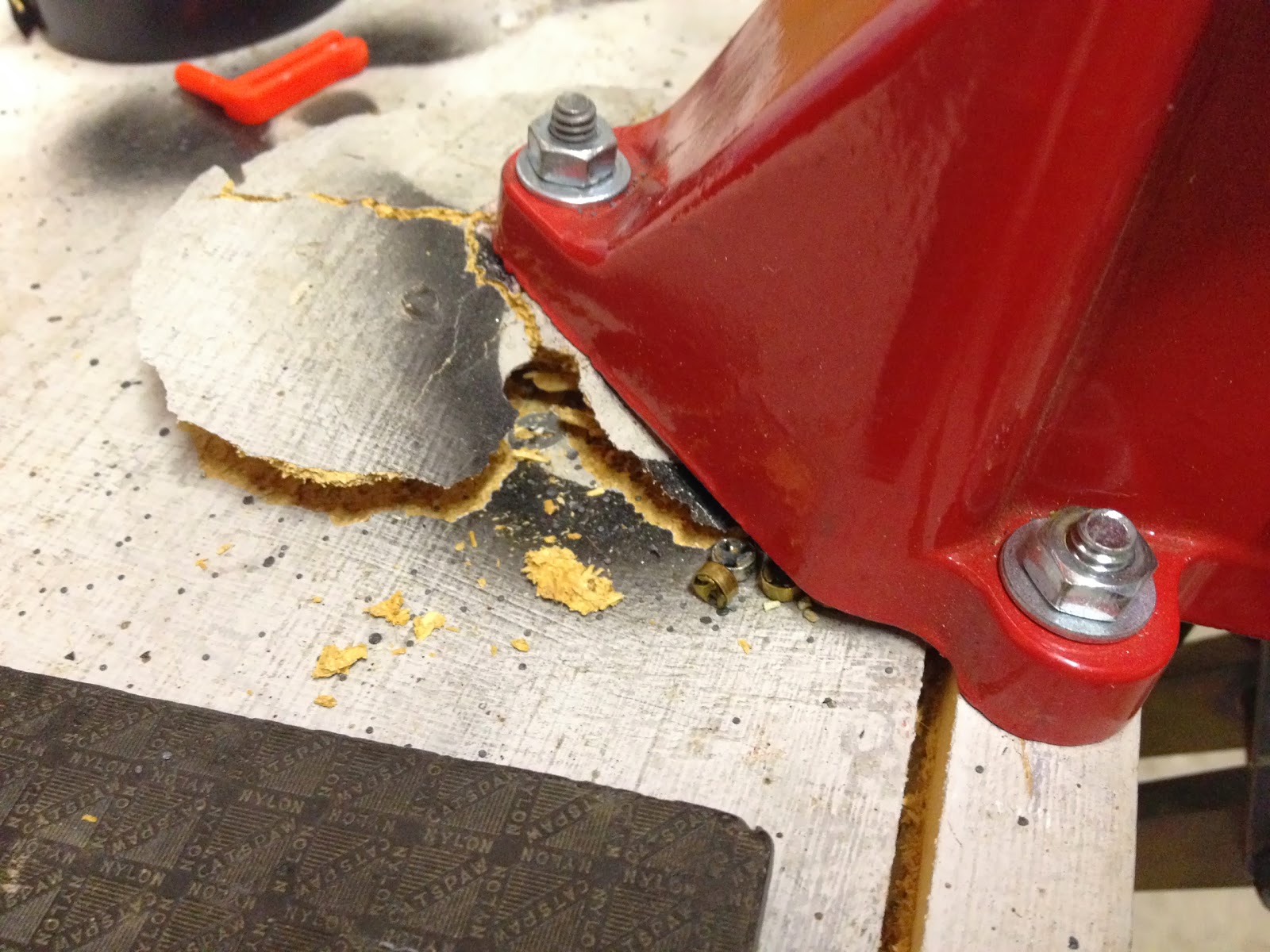
Even when I put it there, I knew it was just a matter of time until it would give.
I cleaned up the damage as best I could and put a piece of 3/4″ birch plywood on the top of the bench, glued down and backed up with a metal plate underneath.
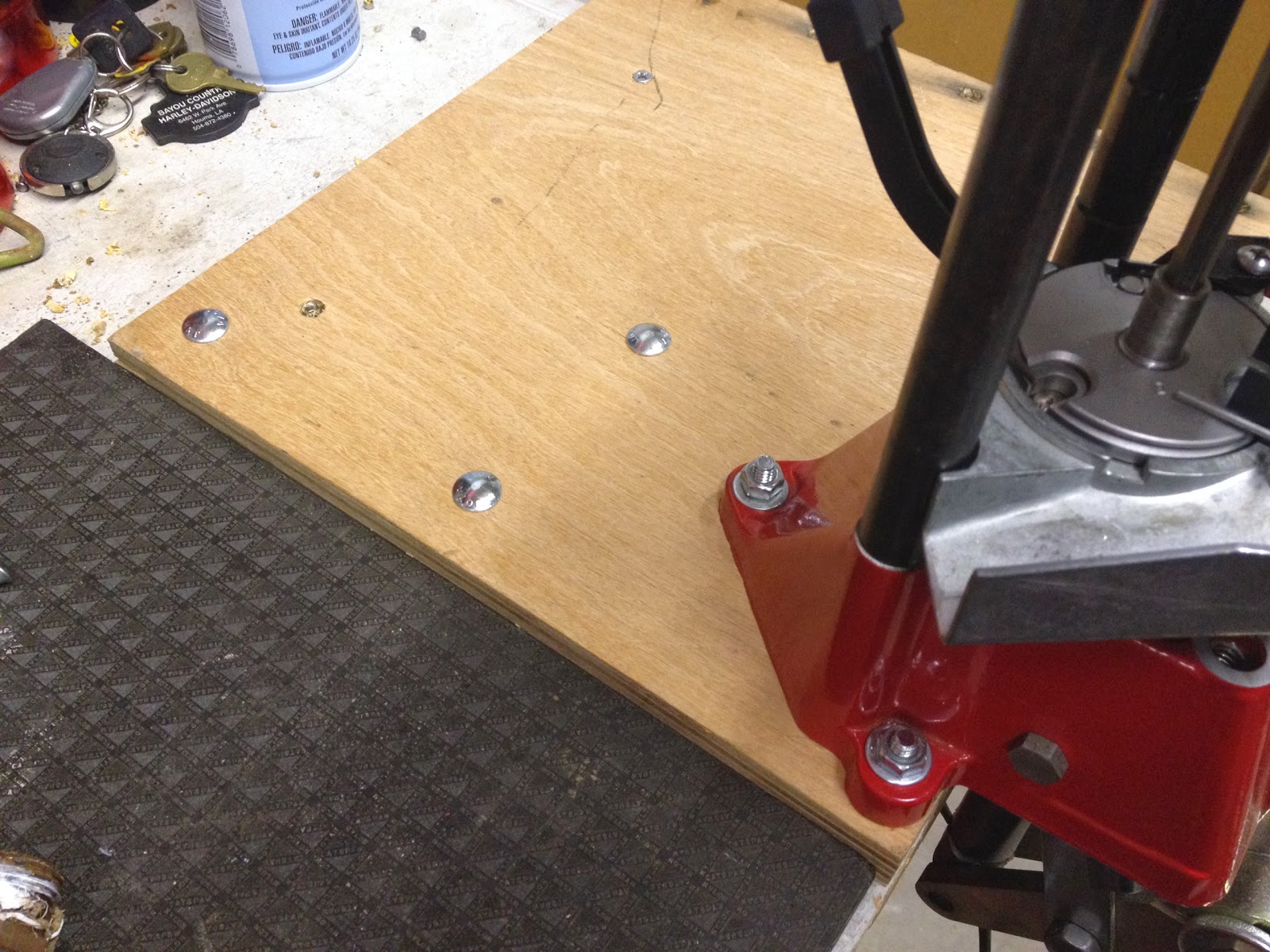
One the front edge, where the damage was most severe, I also sandwiched the damaged particle board with a strip of plywood underneath.
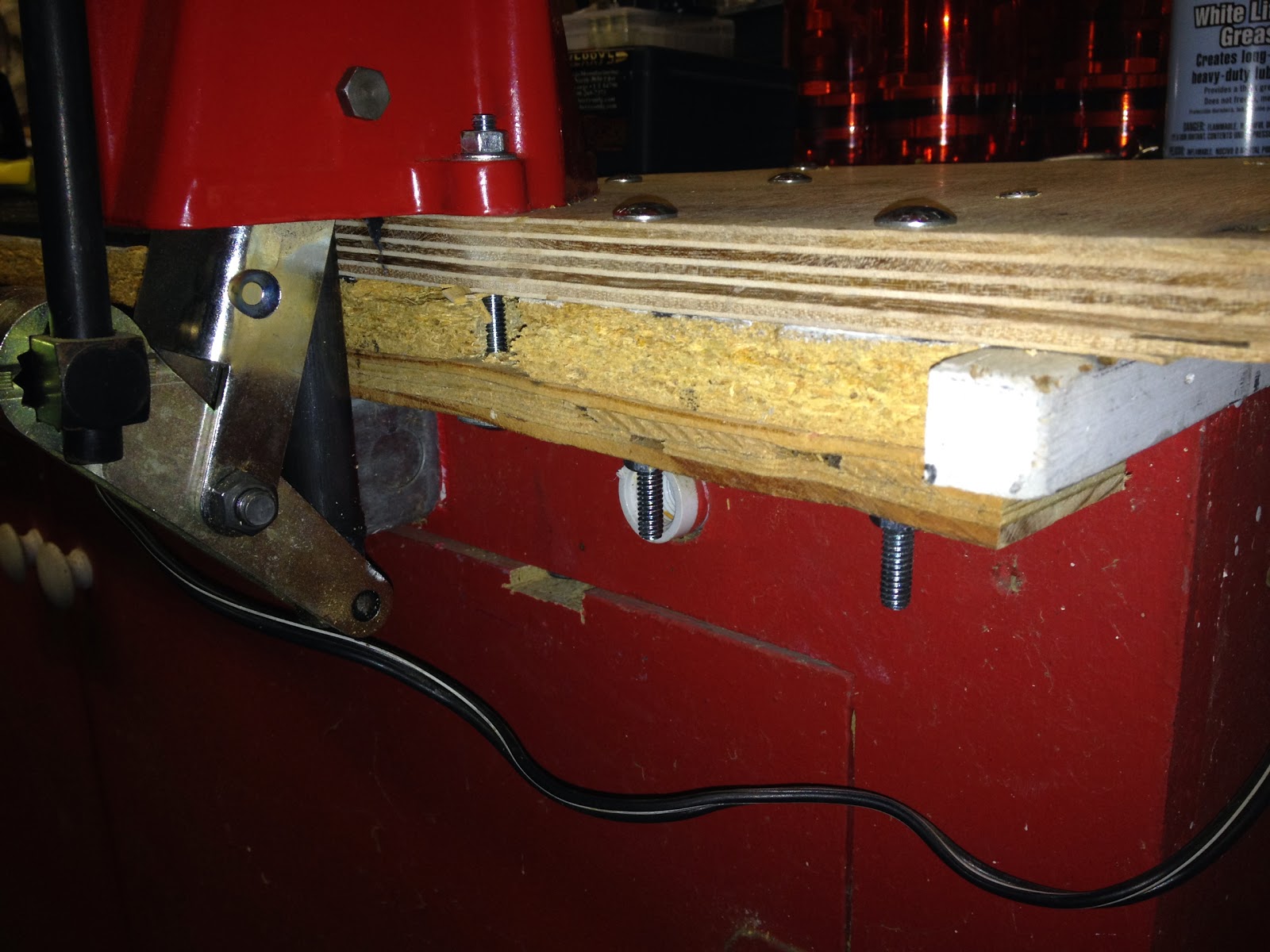
This has all served really well, the press was now mounted solidly enough to reveal other problems instead 🙂
Enter the Dillon.
The Dillon has the strong mount accessory base that is wider than the piece of plywood that I bolstered the workbench with. It solves problems with some installations, but it may not be the best solution for my installation, due largely to my relatively high benchtop.
My original plan was to add a strip of 3/4″ plywood to make it a little wider to fit the Dillon. I decided that I didn’t really want to piece it together like that and thought I should just cut a bigger piece of plywood. I have a piece of exterior grade plywood I purchased but turned out not to be needed for a ham radio project.
Then I realized that the whole workbench could benefit from a plywood top. I have a bench vise on the other end of that work area. That plywood piece I have is solid, other than the holes drilled in it, but it’s kinda rough. I remembered a plywood table/bench top I made long ago that was not friendly to skin.
I then decided that if I was gonna do the whole surface, it would be worth getting a nice piece of plywood for it, so I verified that a 2×4 foot piece would fit and I went to Lowe’s for plywood, hardware and Liquid Nails adhesive.
By then, it was time to get ready for my attendance of the first official 1st Sunday IDPA match and I didn’t want to fix the workbench right then as badly as I wanted to go shoot!
Matchwise, because of the troubles I was having with the Remington primers in the Starline brass, I didn’t trust my last batch of ammo and shot with Remington UMC factory ammo. I brought a 10mm Auto barrel and some ammo for it, but elected to go with factory ammo for the 40S&W.
Stage 1 hurt but the rest of my stages were reasonably good, especially considering that it has been a couple of months since my last match. The majority of the pain was from one target. It was at the far left of the range, kinda in the dark, a vertical target with an angled non-threat in front of it. Not only did I hit the non-threat, but I aimed at the non-threat and having missed it, made up the miss. The actual target was clean and untouched. So, 10 down plus 5 seconds fail to neutralize on the target and not one, but two hits on the non-threat for 10 more seconds. I’m pretty sure there was another procedural as well, out of cover for another target. The rest of the stage was pretty normal, 1’s and 3’s.
The rest of the stages weren’t bad either. Overall, raw time 109.59, total 142.09. Stage 1 points down and penalties accounted for 22 seconds alone.
A few days later, I managed to finish the bench top and mounted the Dillon and the bench vise.
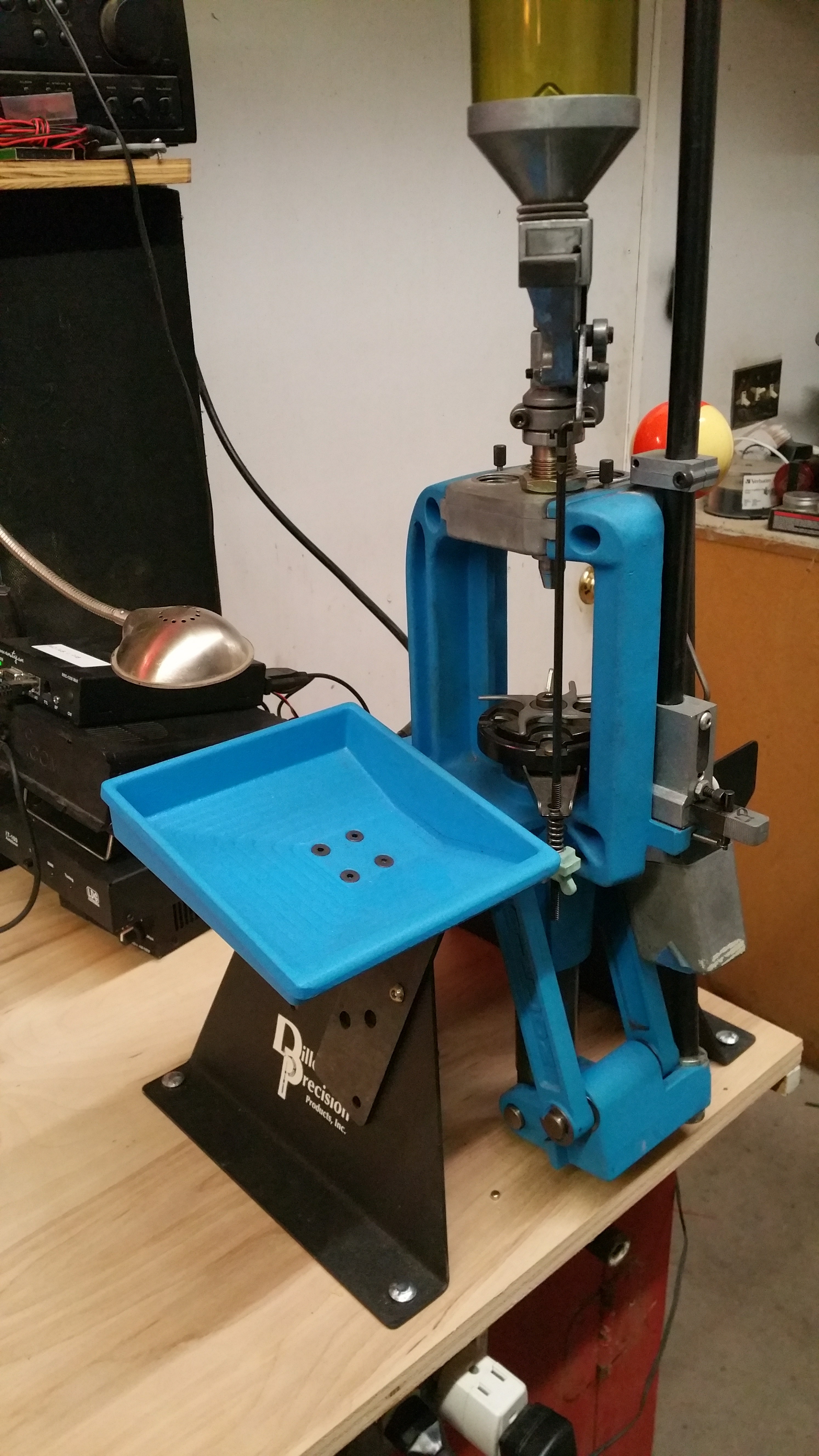
Upon removing the vice, I found that the particleboard beneath it was probably only a few solid whacks from complete separation like the original Lee press did.
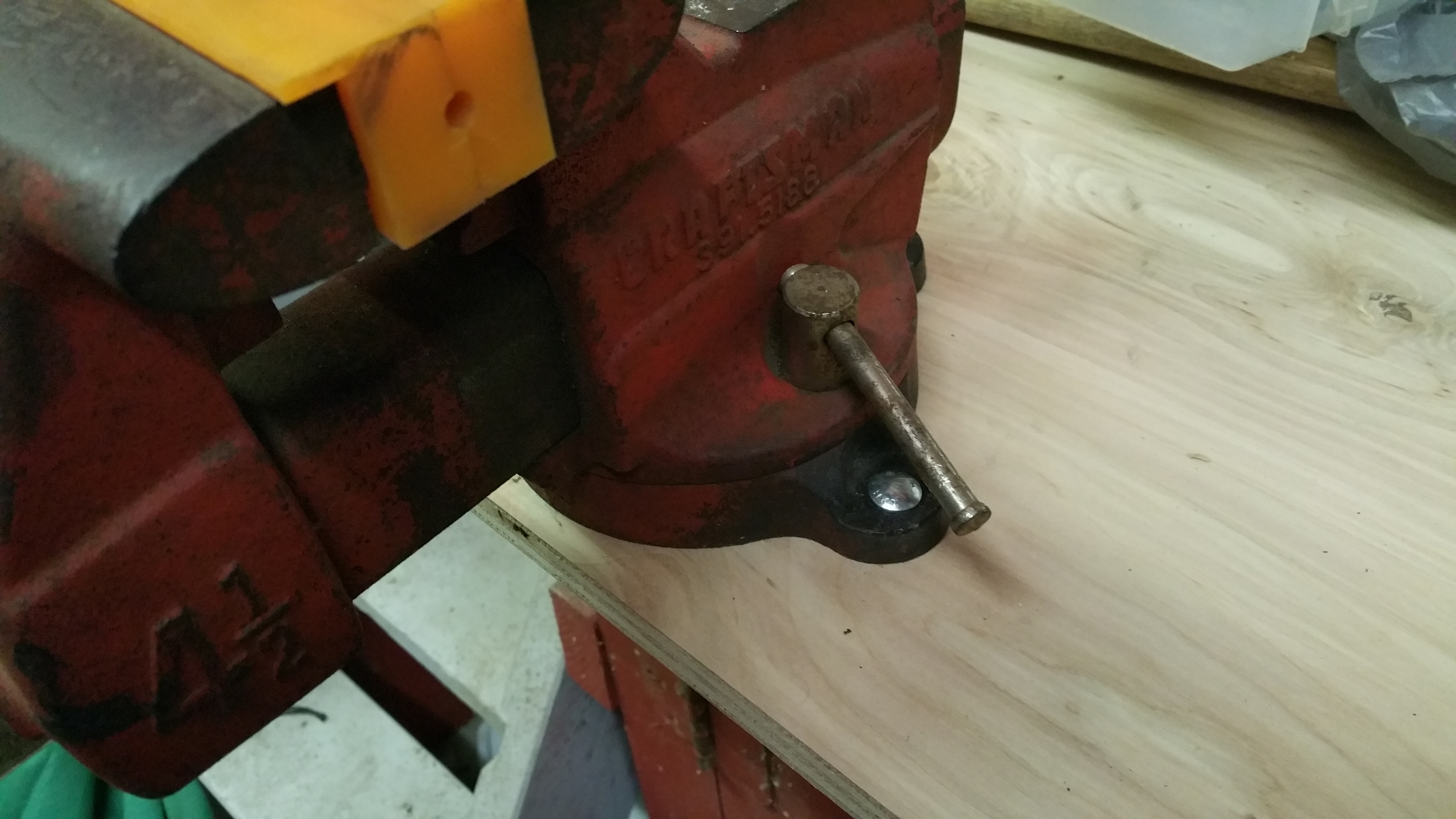
Now the workbench is too pretty to work on…






